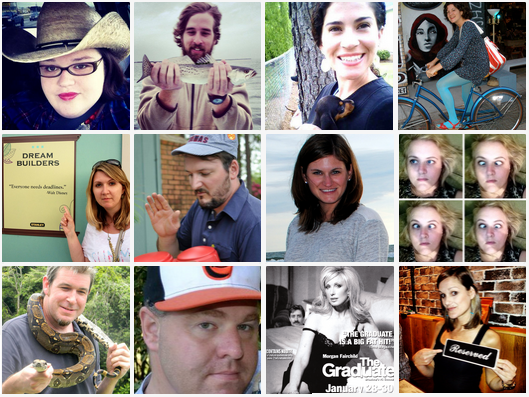
You wrote a book, but you need some help getting it ready for submission or publication. Whether you’re querying agents, submitting to small presses, or self-publishing a professional edit can be the difference between “almost there” and “amazing.” But rushing into a pro edit means wasting time and money and preventing your manuscript from reaching its full potential. To make sure you get the most out of your edit, and wind up with a polished manuscript you’re proud of, follow these steps before you begin a professional edit.
1. Finish the manuscript.
Before beginning any sort of editing, finish the draft. Editing while writing will tie you up in knots and make completing the draft much more difficult. Editing is an analytical process by nature, and analyzing every word you write while you’re just trying to get the story out results in the dreaded writer’s block. So before you even think about editing, in any form, finish the draft and let it rest. For most writers, a month is a good amount of time to let the manuscript rest—the goal being to separate yourself from the work so you can edit objectively.
2. Self-edit.
Once you’ve finished the draft and given it time to rest, dig in to self-edits. When editing your own writing, work with high-level elements first—plot, character development, structure, pacing, etc. We do this so we don’t waste time line editing sections that are going to be cut anyway. When you’re happy with the work from a developmental perspective, start line editing. Focus on improving clarity and concision and strengthening the overall prose. This is time-consuming and may require several passes. After that, move on to proofreading. You want your manuscript to be as clean and polished as possible before moving on to the next step.
3. Revise based on beta feedback.
Enlist the help of beta readers! These are people who will read your manuscript and provide feedback. Most often, writers “trade” beta reads—I read for you and you read for me later on. This will not be as detailed as a professional critique, but it does provide a good starting place. Oftentimes, getting the reader’s perspective helps you step back from the manuscript and see it in a new light. You’ll most likely need to do more revisions and editing based on feedback.
4. Decide what your manuscript needs.
You are confident you’ve done everything you can for your manuscript. Let’s be honest, you’ve probably begun to hate it at this point. You’ve read the words so many times, they barely retain their meaning. Now it’s time to start considering professional editing. Before you find an editor, you’ll want to consider what type of editing and how many passes your manuscript needs. All editors do not offer all types of editing, so think about what you want before researching editors. Major types of editing to consider are developmental editing, line editing, copy editing, proofreading, and manuscript critiques.
Also consider your timeline and budget. If you’re struggling with this, don’t worry. Your editor can help guide you in the right direction, but it helps to have an idea of what you’d like to get out of the editing process.
5. Research editors.
Now the hunt begins. Scour social media. Ask writer friends for recommendations. Check editors’ websites to get a feel for their style and editing philosophy. Most will also include testimonials from previous clients. When you have a few editors you’re interested in working with, reach out to them. Ask questions and talk through the process. If this is your first time pursuing professional editing, let them know. Editors don’t want to bore you with details you’ve heard a hundred times, but they will always explain what to expect and how to get the most out of the editing process. When communicating with clients, I always end emails by asking if they have questions. That’s not an accident. I truly want writers to ask about anything they’re unsure about—most editors do.
Look for an editor who is transparent and who you feel comfortable with. Remember, you’re going to be working with them for a while. If something feels off in the beginning, go with your gut. The author-editor relationship is as much about fit as about skill.
Let the Editing Begin!
You’ve completed your manuscript, edited it to the best of your abilities, and found the perfect editor to work with. All that’s left to do is edit! Keep the lines of communication open during the process, and do your best to make it a learning experience. Editing is about improving the manuscript, but it’s also about improving your skills. Happy editing!
***
Photo by John Schultz



